- เผยแพร่เมื่อ 24 ม.ค. 2566
- แก้ไขครั้งล่าสุด 29 ส.ค. 2566
- 7 นาที
A Complete Guide to Industrial Workplace Safety

Reviewed by Pete Kendall, Technical Support Engineer (April 2021)
In every industry, workers' well-being and safety should be a top priority. This guide to health and safety in industry describes how to assess and prepare for key risks. It also sets out the specific responsibilities of both employers and employees. By implementing these guidelines, organisations can strive for optimal working conditions and reduce workplace incidents.
What is site safety?
People working in factories and on construction sites are at significantly greater risk than those in comfortable offices, thanks to all those heavy objects, corrosive chemicals, forklift trucks and production lines left running 24/7.
Good practice in site safety is involves drawing up a list of tight working procedures designed to control and minimise the risks posed by a particular location. Typical examples include:
- Full training
- The routine use of applicable safety wear (high visibility jackets, hard hats, etc)
- Continuous communication between different teams
- Ongoing and routine inspection of potentially hazardous equipment
What are site safety rules?
Employers have a legal duty to protect, the safety of employees, contractors and members of the public (for example, neighbours and visitors).
A typical site safety rules template might include:
- Wear relevant personal protection equipment (PPE) at all times. On an average construction site this is likely to mean, at the very least, a hard hat, safety boots and a high vis jacket, but you may require additional items.
- Keep things tidy. Tools and equipment that has not been properly stored, as well as general clutter, can lead to potentially serious falls and trips.
- Don’t take unnecessary risks. Stay alert and avoid unsafe areas such as directly beneath crane loads or heights without guardrails.
- Report any problems or near misses immediately. This will allow swift remedial action to be taken.
- Read and follow all safety signs and risk assessments for specific activities. Be generous with the display of construction site safety boards: keep everyone on their toes.
- Never start work on a new site without a site-specific induction, setting out the hazards unique to that location.
- Never try and improvise repairs or temporary fixes for faulty equipment, or make unauthorised changes to a workspace (such as removing guardrails or handguards). The risks are obvious.
- Be prepared: start compiling a building site health and safety checklist as soon as you know a particular job needs to be done. See below for more on construction site safety assessments.
Site safety rules for contractors have a slightly different focus because they are new to your business and unfamiliar with your particular working practices. Unfamiliarity brings risks. As with employees, contractors have a duty to behave responsibly and not place themselves in unnecessary danger.
Site safety assessments
These consist of a detailed analysis of the hazards present at a particular industrial or construction site. Assessments will have some general elements that apply to all sites – but the particular combination of risks will often be unique to each location. If five or more employees are working on a particular site, your safety assessment must be written down, but this is good practice even if there are fewer because it will help everyone keep track of their responsibilities. When does the site safety assessment begin? Right at the start, while the project is still in its planning stages. A site safety checklist template could include:
A list of the specific hazards – for example heights, heavy loads, vehicles, dangerous chemicals. A list identifying who is most at risk from each issue – specific employees? Members of the public? On site contractors? An assessment of the urgency of each hazard – which are the most in need of attention? Discuss these with your team and possibly the local emergency services too. Write down your conclusions, as well as the plans you have formulated to address each risk in a site-specific safety plan. Regularly review your assessment and change your plans as the project progresses.
Certain dangers – for example chemicals, working at height, or loud noise – may require individual assessments.

Certain dangers – for example chemicals, working at height, or loud noise – may require individual assessments.
Site Safety Equipment
Equipment is available to suit many different working environments or tasks. We cover some of the most popular types below
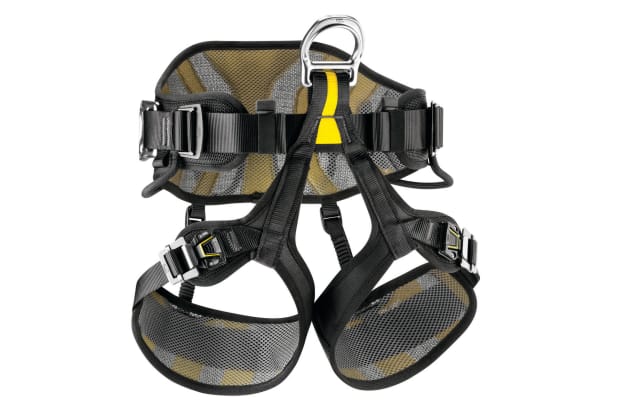
Working at height
Fall arrest harnesses are used to secure workers engaged in activities in high areas. If they slip or lose their footing, the tether will break their fall.
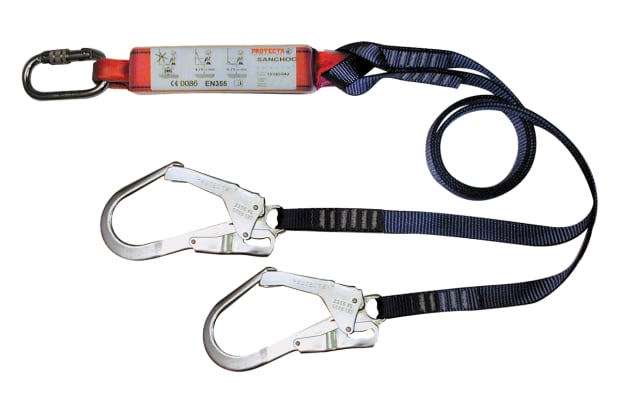
Tethered tools
A range of tethering equipment including lanyards, karabiners, anchor points and blocks, can be used to prevent tools and equipment falling from high points. Not only are such tools likely to be seriously damaged, they pose a clear risk to infrastructure and anyone passing below.
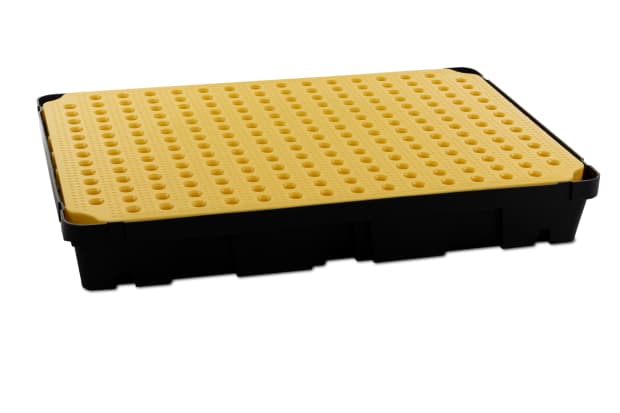
Spill control
Spill control equipment, which includes trays, bags and mats, is designed to provide a safe way for workers to clean up and dispose of potentially hazardous liquids.
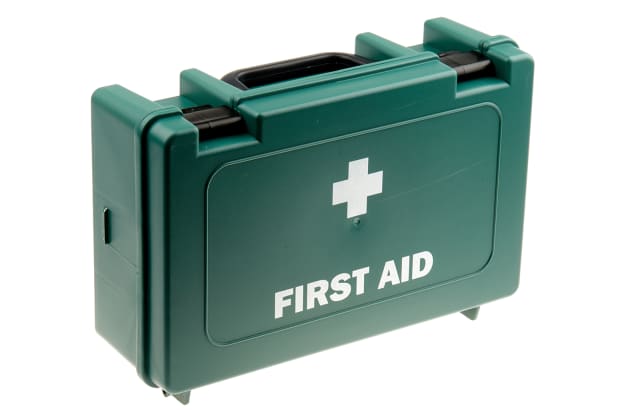
First aid
Easily accessible first aid kits are a must for any construction site, as is training in the basics for at least some employees.

Fire alarms
A wide range of fire alarm accessories make it easy for construction companies to adapt their alarms to the specifics of each site.

Security
Factories and construction sites can be hard to secure and some make tempting targets for thieves in search of equipment and raw materials that could be sold on. Cut your risk with the wide range of customisable security alarms, switches, locks and bolts available.

Safety lockouts
Safety lockout equipment ensures that machines and power points in need of repair or maintenance are fully shut down, thereby preventing potentially serious shocks.
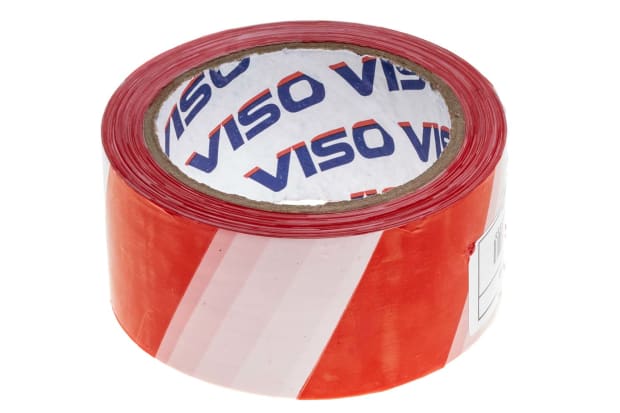
Floor marking tape
Floor marking tape and paint is used to provide quick visual guidance to workers and visitors, minimising health and safety risks.

Safety barriers
Safety barriers can play an important role in risk management on most construction sites, especially in areas where hazardous equipment or chemicals are stored.

Slip and trips
Anti-slip floor mats can save lives – install them in all high areas of your site where falls could occur.
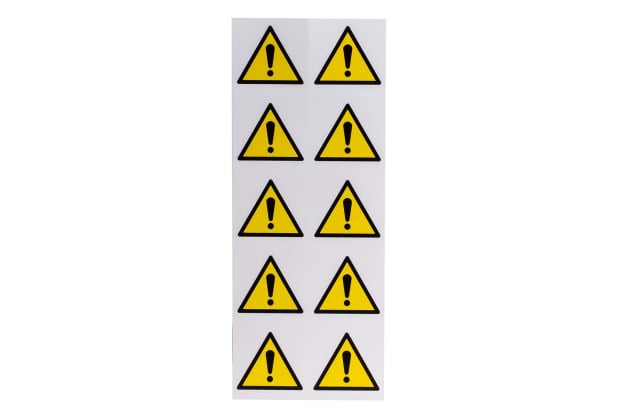
Site safety signs
Safety signage requirements must be met on construction and building sites. Install clear hazard warnings in appropriate locations and health and safety information signs in common areas and on doors.
Site safety cards can be used to secure access to particularly hazardous areas
How to improve site safety
Responsible industrial and construction site health and safety planning requires effort and can be costly, but it will certainly cost your business a lot less than a serious accident! Save lives and save your business
- Train employees required to lift and move heavy objects in how to do safely, without injuring themselves.
- Look into noise insulation. Loud noises experienced over an extended period of time can cause hearing loss, high blood pressure, stress and headaches. Anything over 85 decibels should be a cause for concern. Ear protection, screens, acoustic barriers and equipment adjustment can all make a big difference.
- Slips and trips are one of the commonest causes of injury on construction sites, injuring thousands every year. Everyone on site should keep a careful eye out for slippery or uneven surfaces, discarded objects and trailing cables.
- If the construction site contains higher areas, be sure to install proper harnesses, guardrails or similar equipment in the vicinity, and be strict with procedures and training. Falls are one of the commonest causes of fatal accidents in the construction industry.
- Monitor air quality and provide adequate ventilation. Dust is a significant health hazard on construction sites, so be sure to look at extraction systems, containment areas and breathing masks where necessary. Exhaust fumes can also be a significant risk to health on some sites so consider on-site vehicles with catalytic and particulate converters. The overuse of gas heaters during the colder months increases the risk of poisoning.
- Monitor equipment regularly – especially portable equipment, which is especially prone to damage and mechanical failure